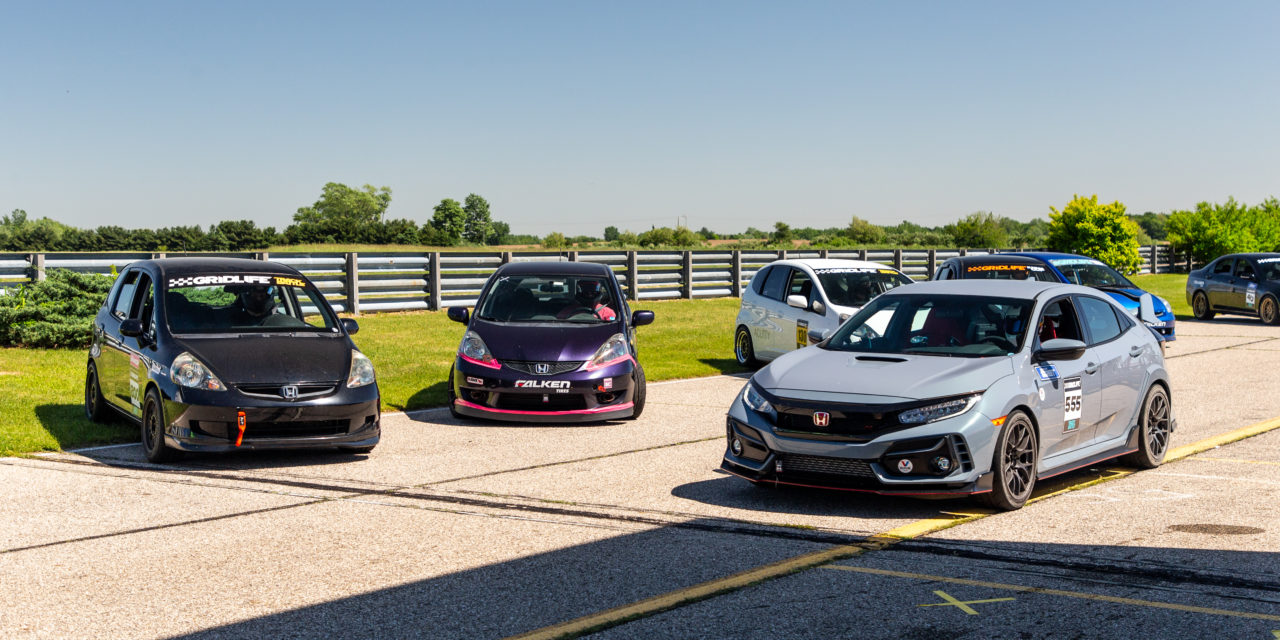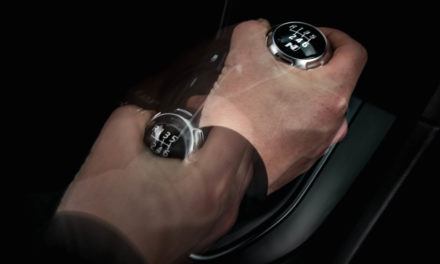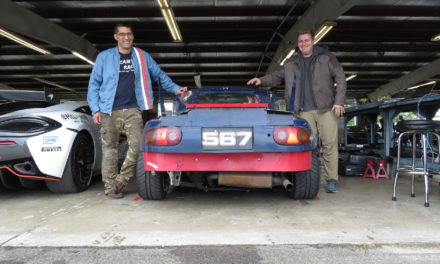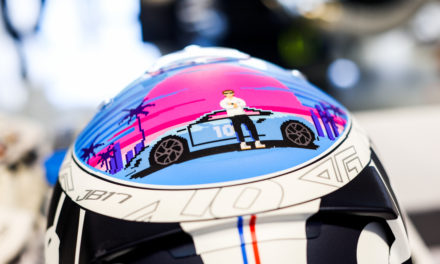Tom Long is an accomplished sports car driver, coach, and development driver. With more than 150 professional starts, Tom has accrued over 20 wins and 40 podium finishes in IMSA/GrandAm competition. This season, you can find him racing in the IMSA Michelin Pilot Challenge Series GS GT4 class and the IMSA Lamborghini Super Trofeo Series. -ed
As a driving coach, I’ve found several common themes to becoming a better performance driver. Even though, I developed these points while teaching beginners, I think this information is relevant to all drivers. I even revisit these five while I’m racing wheel-to-wheel, in my own car. They are applicable to everyone, regardless of what—or where—you’re driving.
1. Vision
Eyes are the most important aspect of sports in general. We’ve all heard the terms “keep your eye on the ball” and “look where you want to go, and your hands will take you there.” How often are you driving down the highway, looking at the scenery on the side of the road, and quickly, the tires are over the white line and the rumble strips remind you that you’re wandering!
These all illustrate how important our vision is when it comes to driving. Our eyes subconsciously lower to give the brain information to process in bite-size pieces. It’s almost like a built-in safety mechanism to keep our brains from getting overloaded. To grow past that, you have to consciously raise your eyes to take in more information, which will train the brain to process that additional information more efficiently. In turn, you can see more of what’s coming and make decisions more quickly. A quick, simple fix can be to put a piece of colored tape on the windshield in your field of vision as a reminder to keep your eyes up while you’re out on track. When you’re learning a new track, everything is fresh. This is when it’s most critical to make a conscious effort to raise your eyes and take it all in.

2. Braking efficiency
Saving time in braking zones can make a big difference during a lap. Recently, using in-car data, I found that several drivers didn’t have the desired amount of braking pressure applied through several of the critical braking zones around Road America. This essentially indicates that the braking capability was not being used effectively.
There’s a fine line between not using enough pressure and overcooking the corner. The best way to ensure that you’re maximizing your braking efficiency in high-speed brake zones is to find your comfortable brake point and use the brakes as effectively as possible, then see where the car slows down to the correct speed for your turn-in. If you find yourself at the right corner speed well before your turn-in point, then you can brake later in that corner. You should always work up to the correct brake point, rather than dial back.

3. Carrying speed through the corner
Drivers often tend to over-slow the corner by not having the right amount of brake release pressure and timing. It’s so easy to stay on the brake longer than is truly necessary for the car to carry momentum through the apex of the corner. This generally stems from a driver’s eyes not looking far enough ahead.
It may sound obvious, but your brain only processes the information from where you’re looking. The further ahead you can look through a corner, the more your brain realizes that you can get off the brakes earlier and still make it through successfully. Again, Theme #2. You can better see the big picture. The further ahead you look, the more time you’ll have to process the information, and the more efficiently you’ll corner.
4. Throttle application
I commonly see drivers getting on the throttle too soon. We can all appreciate the idea that the sooner you get on the gas, the faster you can get going down the straightaway. The caveat to this is that, generally, getting on the throttle sooner is not the most effective way to accelerate the car unless you’re on full throttle.
This also ties into the first theme. When drivers go into a corner too slow, the next thing they want to do is get back on the gas pedal, but by getting on the throttle too soon, you’re then fighting the car as you turn into the apex. In fact, if you’re on the throttle while trying to add steering down to the apex of a corner, the weight transfer off the front tires is fighting the car’s ability to turn. Picking up the throttle at a more efficient point around the corner, ideally at the apex, allows your hands to start unwinding the steering wheel while adding throttle. This provides the most efficient path back to full throttle.

5. Smooth is fast
It’s a common mistake to think that a fast driver doesn’t always have to be smooth. As we feel G loads increase with a car that accelerates faster, stops quicker, or corners harder, we can easily mistake the less smooth feeling as inevitable. On the contrary. As drivers, the inputs we make to the car are just as critical, if not more so, the faster we go.
For instance, in a car with several hundred horsepower, rolling onto the throttle is the only way to maximize traction out of the corner. And to maximize cornering grip, adding steering input smoothly and progressively will allow the tire to achieve its max lateral grip and cornering load. By being too quick with these inputs, you’ll break traction, which might feel faster because you’re getting thrown around. The stopwatch will say otherwise.
Keep in mind the tires are the only thing in contact with the road when we’re driving, so all inputs need to be smooth enough to maintain that connection between the car and the track. The caveat to smoothness is in an initial braking application: a high-speed braking zone, for instance, where you have to dissipate a lot of speed. The quicker you can ramp in the brake pressure, the quicker you’ll be able to slow down. This input might feel very abrupt, which it is, but the key to smooth braking technique is all about the release of the brake, whether you’re engaging in hard or light braking. You need to keep the weight over the front of the car so it’s ready to accept the steering input for a turn-in to a corner most efficiently.
I hope you find these three topics useful, and that you can apply them to your own driving. By considering each of these, you will have the right foundation to become a better driver through some critical self-analysis. Whether you’re working on your own, or receiving coaching, it always helps to have a starting point.











